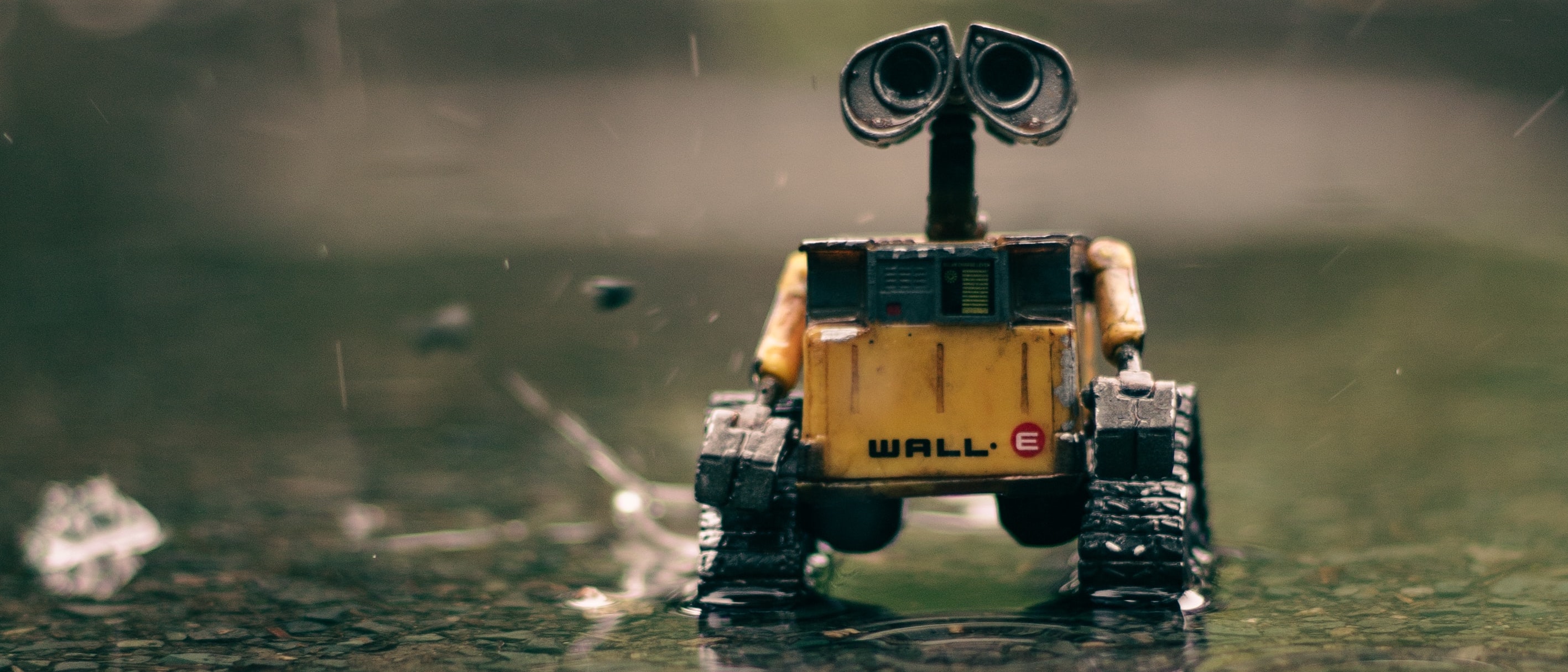February 16, 2023
February 16, 2023 - PRESSADVANTAGE -
Blendergrid is now rendering synthetic training data for machine learning / AI applications. According to the company, deep learning requires a lot of data to be trained, and rendering synthetic data is an inexpensive alternative to real-world data.
Blendergrid previously rose to fame in the community because it offered convenient, swift access to an expansive base of computing power that could be dedicated exclusively to rendering efforts. As the name suggests, the company primarily deals with renders from the program, which itself is a widely popular suite of 3D creation tools. Blender, being a free and open source program, was available to hundreds of thousands of talented creators who may otherwise have not been able to enter the 3D industry, but their individual computing power often limited them to painstakingly slow renders. Thanks to Blendergrid, thousands of computers could break down a single render into much more manageable chunks and work on them simultaneously, dramatically improving how quickly a render can be completed.

Now, the company has identified another arena where computing power can push the industry forward: machine learning and artificial intelligence. Specifically, the company says their grid can be used to render synthetic training data for computer vision algorithms. In fact, it already is being put to this very purpose.
Blendergrid explains that making this leap was a relatively simple process. Where renders previously were intended for human eyes, the biggest change now has been the audience. A render can be defined as some variation of image data (even video is a series of images), and AI can be trained using images (depending on its purpose).
In a recent article on the subject, Blendergrid explains what AI and ‘deep learning’ is. The article says, “Let's start with the concept of neural networks and ‘deep learning’ that transformed AI in the last decade. Neural networks have been used long before this, and they sure were able to solve problems in certain contexts. But we didn't start adopting neural nets at the scale we do now. This is because our hardware had to catch up with the intense amounts of compute power they demand.”
According to the article, many tasks that require pattern recognition can be solved with complex neural networks. The bigger or ‘deeper’ a network is, the better it will be at solving complex tasks of this nature. Recently, commercial computing power advanced to the point that deep learning was able to unlock new possibilities.
The primary issue, however, is that a lot of training data is needed for these networks to function. A network that is learning what an image of a person is, for instance, may require hundreds of thousands of examples of a person (in this case, as images) before it learns to distinguish a human being from other creatures or even inanimate objects. Unfortunately, it can be difficult to source so many images to create this dataset. This is where Blender can help.
Blender is renowned for its ability to create photorealistic images, and many of its functions can be automated as well. It can also generate a virtually endless variety of objects, backgrounds and so on, which is important to ensure that a neural network can recognize specific items regardless of context. All of this can be done on a single computer.
The final step, however, is the render. Given the sheer volume of images that need to be manufactured, a single computer would likely take literal years to finish rendering, no matter how powerful it may be. Fortunately, a render farm solves this problem quite effectively, contributing the power of thousands of computers to each batch of renders.
Blendergrid is excited about the opportunities and advancements in AI this could lead to, and the company looks forward to working with artists, data scientists and more who can take advantage of the render’s farm’s power. The company’s full article on generating training data for neural networks can be found here: https://blendergrid.com/learn/articles/synthetic-ai-training-data-with-blender-for-computer-vision.
###
For more information about Blendergrid LLC, contact the company here:
Blendergrid LLC
Richard van der Oost
(062) 527-6029
richard@blendergrid.com
30N Gould St, STE R, Sheridan, WY 82801, USA